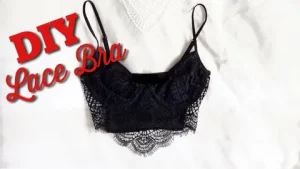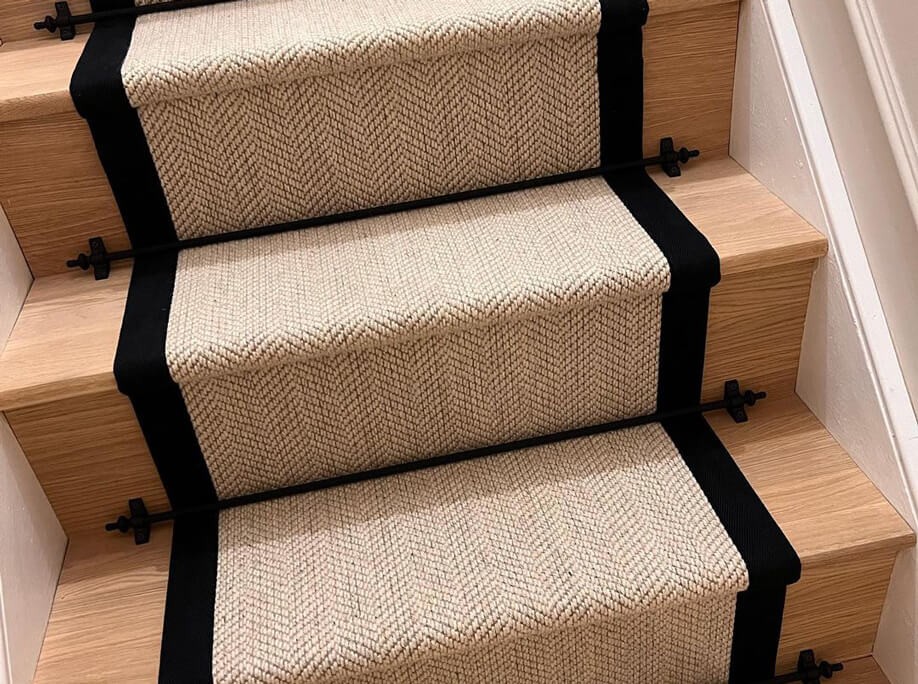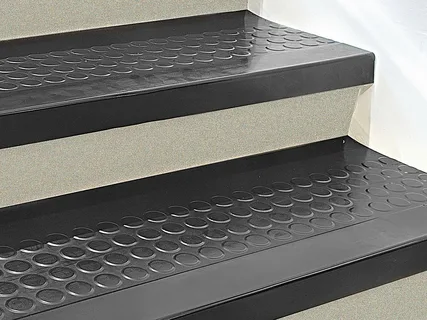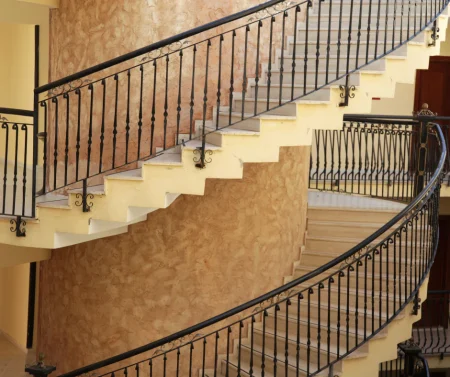A detailed comparison of various stair tread materials and the importance of selecting the right adhesive for a safe and durable installation.
I. Introduction
Stair treads are an essential component of any home or commercial setting, providing a safe and durable surface for foot traffic. With a wide range of materials available, choosing the right stair tread can be a daunting task. In addition to selecting the right material, it’s equally important to choose the right adhesive to ensure a safe and durable installation. In this comprehensive guide, we’ll explore the various types of stair tread materials, their benefits and drawbacks, and the importance of selecting the right adhesive for a successful installation.
II. Types of Stair Tread Materials
Overview of Popular Stair Tread Materials
When it comes to choosing the right stair tread material, there are numerous options available. Here are some of the most popular types of stair tread materials:
- Wood (oak, maple, pine): Wood stair treads are a classic choice, offering durability and a timeless appearance. Hardwood treads can be stained or painted to match any decor.
- Bamboo: Bamboo treads are an eco-friendly option, twice as hard as oak, and offer unique patterns.
- Cork: Cork treads provide comfort, cushioning, and natural resistance to mold and insects.
- Carpet: Carpet treads offer softness, sound dampening, and slip resistance.
- Vinyl: Vinyl treads are a low-cost option but may require additional slip-resistant materials.
- Rubber: Rubber treads provide cushioning and traction.
- Metal (aluminum, steel): Metal treads are durable and suitable for high-traffic areas.
- FRP (fiberglass reinforced plastic): FRP treads offer superior durability and slip resistance.
- Stone: Stone treads, such as bluestone and limestone, are durable options for outdoor stairs.
- Composite: Composite treads resist fading, scratching, and mold.
- Laminate: Laminate treads are affordable and easy to clean but may be louder.
- Tile: Tile treads are durable, low-maintenance alternatives to wood.
Discussion of Benefits and Drawbacks
Each stair tread material has its benefits and drawbacks. For example, wood stair treads are durable and offer a classic appearance, but they can be expensive and require regular maintenance. Bamboo treads are eco-friendly and offer unique patterns, but they can be prone to scratches and dents. Cork treads provide comfort and natural resistance to mold and insects, but they can be expensive and require regular maintenance.
III. Adhesive Options for Stair Treads
Overview of Common Adhesives
When it comes to choosing the right adhesive for stair treads, there are several options available. Here are some of the most common adhesives used for stair treads:
- Construction adhesives: Construction adhesives, such as Loctite PL Premium Max, are suitable for wood treads.
- Epoxy adhesives: Epoxy adhesives are suitable for securing wood treads to wooden staircases.
- Acrylic wet-set adhesives: Acrylic wet-set adhesives are suitable for vinyl, rubber, and resilient quartz flooring.
- Neoprene contact cement: Neoprene contact cement is suitable for rubber and vinyl treads on various substrates.
- Water-based contact cement: Water-based contact cement is suitable for rubber and vinyl treads.
- Peel-and-stick adhesives: Peel-and-stick adhesives are suitable for carpet stair treads.
Discussion of Factors that Influence Adhesive Choice
The choice of adhesive depends on several factors, including the type of tread material, substrate, and environmental conditions. For example, construction adhesives are suitable for wood treads, while epoxy adhesives are suitable for securing wood treads to wooden staircases. Acrylic wet-set adhesives are suitable for vinyl, rubber, and resilient quartz flooring, while neoprene contact cement is suitable for rubber and vinyl treads on various substrates.
IV. Adhesive Application and Surface Preparation
Explanation of Adhesive Application Methods
Adhesive application methods include brush-on, roller, and trowel techniques. The choice of application method depends on the type of adhesive and the surface area of the tread.
Discussion of the Importance of Proper Surface Preparation
Proper surface preparation is crucial for adhesive bonding. The surface must be clean, dry, and free of any debris or old adhesives. Moisture testing may be necessary for concrete substrates to ensure that the surface is dry and suitable for adhesive bonding.
V. Special Considerations for Adhesive Selection
Discussion of Special Adhesives for Oil and Grease-Resistant Rubber Treads
Special adhesives are required for oil and grease-resistant rubber treads. These adhesives are designed to withstand the harsh conditions of oil and grease and provide a strong bond between the tread and the substrate.
Explanation of the Need for Denatured Alcohol to Remove Mold-Release from Tread Backs
Denatured alcohol should be used to remove mold-release from tread backs. This ensures that the adhesive bonds properly to the tread and provides a strong and durable installation.
Overview of Adhesive Bond Tests and Their Importance
Adhesive bond tests should be performed prior to full installation to ensure that the adhesive is suitable for the tread material and substrate. These tests ensure that the adhesive provides a strong and durable bond and that the installation is safe and secure.
VI. Conclusion
Choosing the right stair tread material and adhesive is crucial for a safe and durable installation. With a wide range of materials and adhesives available, it’s essential to consider the benefits and drawbacks of each option and choose the one that best suits your needs. By following the guidelines outlined in this comprehensive guide, you can ensure a successful installation that provides years of safe and durable service.







